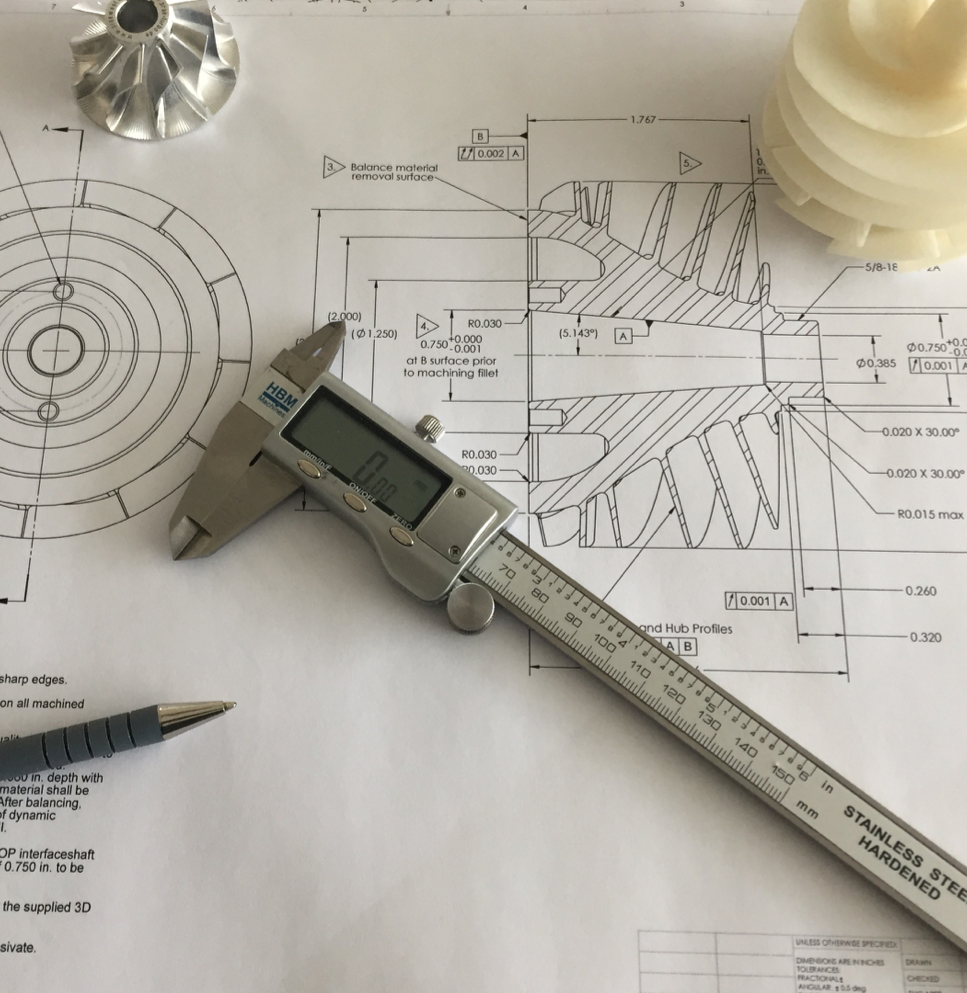
Transforming Aerospace Propulsion Systems by Exploiting Machine Learning for Modelling Supercritical Fluids
The goal of this research is to shift the paradigm in engine technology for aerospace propulsion applications by exploiting machine learning algorithms to enable a better understanding of supercritical fuel injection. In jet engines and rocket engines, liquid fuel is injected into the hot and elevated pressure environment of the combustion chamber. Recent developments in manufacturing and material technologies have enabled combustors operating at conditions above the critical pressure and temperature of most propellants. At these conditions, fluids become supercritical. The supercritical state causes intermolecular forces to become dominant, leading to major changes in some relevant fluid properties, so that all aspects of the combustion process depart from the better-known subcritical behavior.
In this research I will combine experiments and computations to investigate the transient heating process of supercritical fuel injection. Experimental measurements will be conducted using a first-of-its-kind interferometry technique in a test-rig which will be able to mimic the conditions found in jet and rocket engines. The measured data will aid the development of an innovative computational model, which will be used to determine guidelines for novel combustor designs. The model will utilize state of the art machine learning algorithms to overcome the challenges associated with the complex non-linear behavior of supercritical fluids.
The breakthrough research proposed here targets mainly the fluid mechanics community and the aerospace industry, however, chemistry, mechanical engineering and many other fields related to the process, automotive, power generation and drug manufacturing industries will also benefit from the envisaged results. Gaining a fundamental understanding of supercritical fuel injection is critical because engine designers require accurate models to develop reliable and low-emissions machines. The project has the potential to substantially reduce the EU's NOx emissions through the development of next generation combustors with reduced emission levels and increased stability margins.

